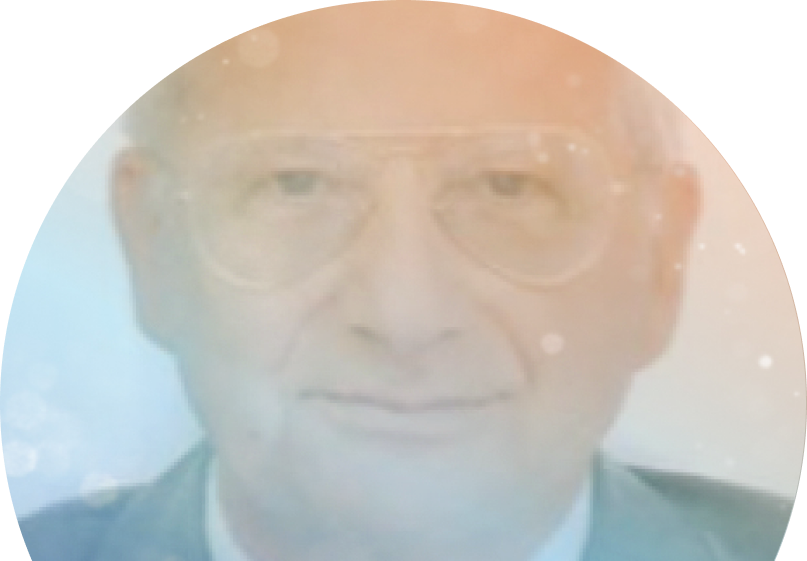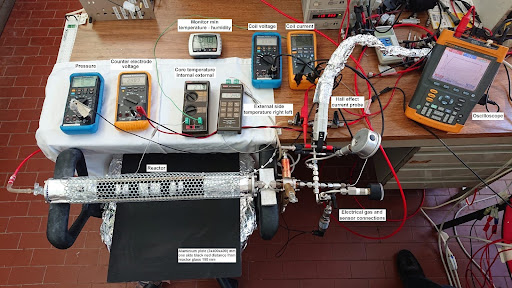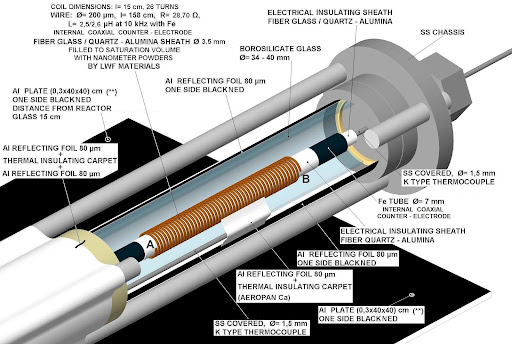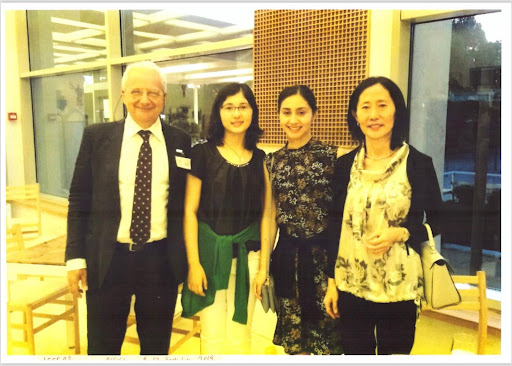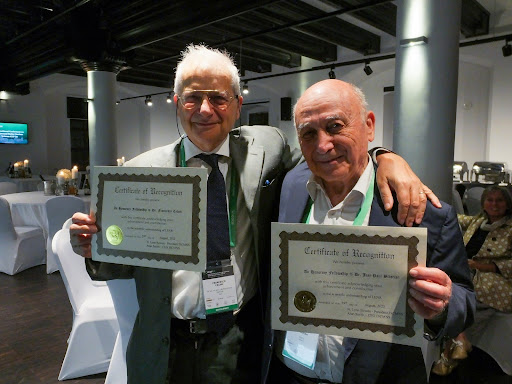“Imagine it like power in a car keeps going, for some time, after the fuel is exhausted…something special is happening.”
Despite Professor Celani’s convictions and optimism regarding LENR, there have been challenges. Celani watched as many Scientists suffered ridicule. Some quit research on the field due to mainstream skepticism and lack of funding, but he remained committed through the years, motivated not just by the strength of his scientific conviction but by his passion for the environment, his love for nature, and his desire to reduce pollution. Professor Celani is an idealist. He dreams about the environment and free energy, ideas that can disrupt the energy industry’s status quo - which presents an uphill battle for LENR to be accepted. Still, Celani is not worried about that; he believes it is a practical matter because oil and gas are finite, and the world must adapt.
According to Celani, the goal is not revolution, but a reformation that considers the stakeholders and complicated realities involved in global energy. Professor Celani does not see LENR as a silver bullet solution but rather something that can soon reduce dependence on fossil fuels for energy. He is an advocate for open-mindedness from scientists and politicians so that there is more money for basic research and application and an increased involvement of younger people in the field. As Professor Celani explains, involving young people will mean communicating with them on their level and on the platforms they give their attention to. It is essential to share the technical knowledge of LENR in a digestible manner to bring it to the fore of social conversation. The encouraging thing from Professor Celani’s point of view is that public interest is increasing compared to the past. Celani was particularly encouraged by recent Parliamentary discussions about the importance of LENR in the
European Union.
